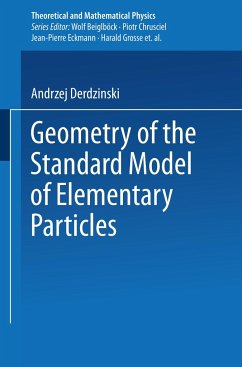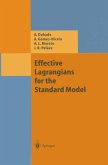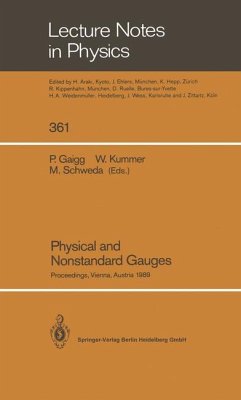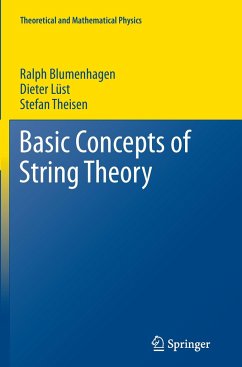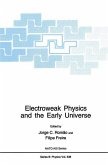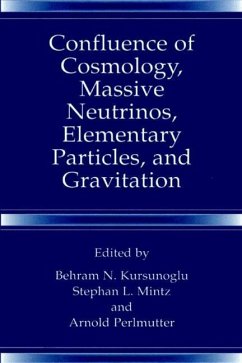The standard model is the currently accepted theory of particles and inter actions, describing them in a manner that is both coherent and consistent with experimental data. This book deals only with the classical part of the standard model, obtained by ignoring its aspects related to field quanti zation. Despite its shortcomings as a description of nature, such a classical approach offers a simple yet far-reaching insight into the structure of particle theories (see end of
6.7). The reader need not be familiar with theoretical physics, but is expected to know the basic facts about Riemannian manifolds and connections in vec tor bundles, as presented, e.g., in the appropriate introductory chapters of [Besse 1987]' [Kobayashi and Nomizu 1963], or [Milnor and Stasheff 1974]. The approach used is based on geometric language (coordinate-free, when ever possible), and should be easily accessible to mathematicians, as well as physics students with some background in geometry. The chapters and sections marked by asterisks are considered optional and may be skipped, leaving an essentially self-contained, 67-page-Iong core of the text. It covers the most important topics (briefly summarized in [Derdzinski 1991a]), such as the Yang-Mills description of interactions, the quark and electroweak models, and the SU(5) grand unification. The optional chapters deal with further material, including the geometry of (iso )spin, particle invariants, unitary symmetry, the Cabibbo angle, La grangian densities, and the Higgs mechanism.
6.7). The reader need not be familiar with theoretical physics, but is expected to know the basic facts about Riemannian manifolds and connections in vec tor bundles, as presented, e.g., in the appropriate introductory chapters of [Besse 1987]' [Kobayashi and Nomizu 1963], or [Milnor and Stasheff 1974]. The approach used is based on geometric language (coordinate-free, when ever possible), and should be easily accessible to mathematicians, as well as physics students with some background in geometry. The chapters and sections marked by asterisks are considered optional and may be skipped, leaving an essentially self-contained, 67-page-Iong core of the text. It covers the most important topics (briefly summarized in [Derdzinski 1991a]), such as the Yang-Mills description of interactions, the quark and electroweak models, and the SU(5) grand unification. The optional chapters deal with further material, including the geometry of (iso )spin, particle invariants, unitary symmetry, the Cabibbo angle, La grangian densities, and the Higgs mechanism.

